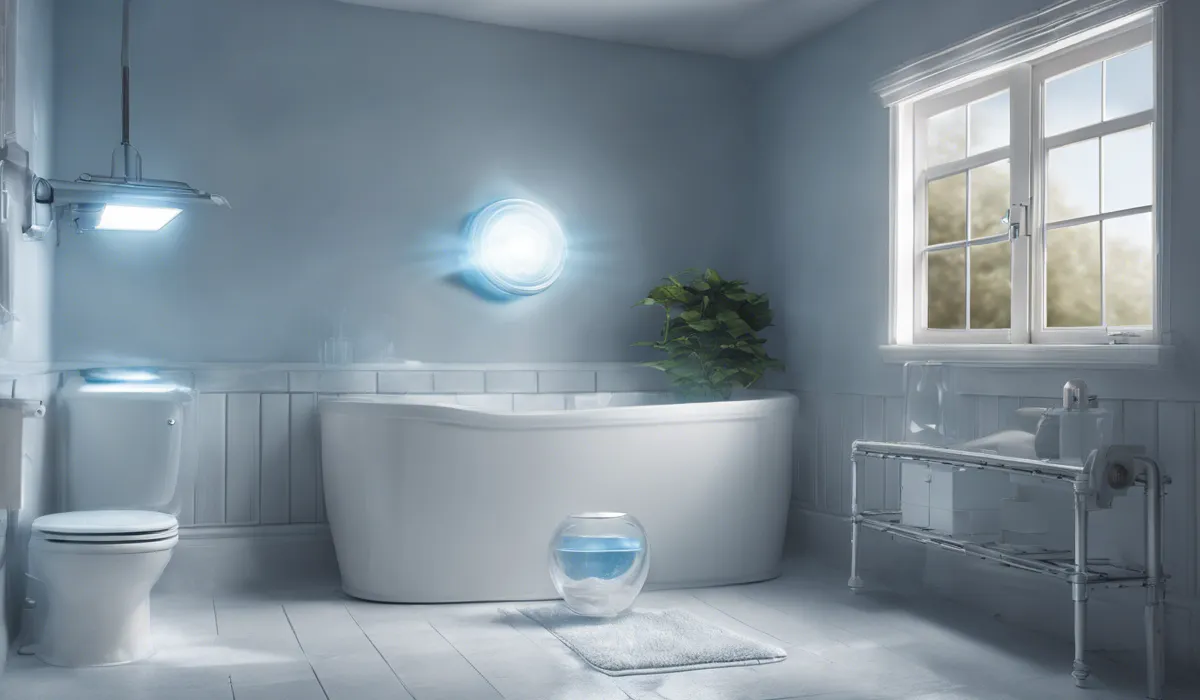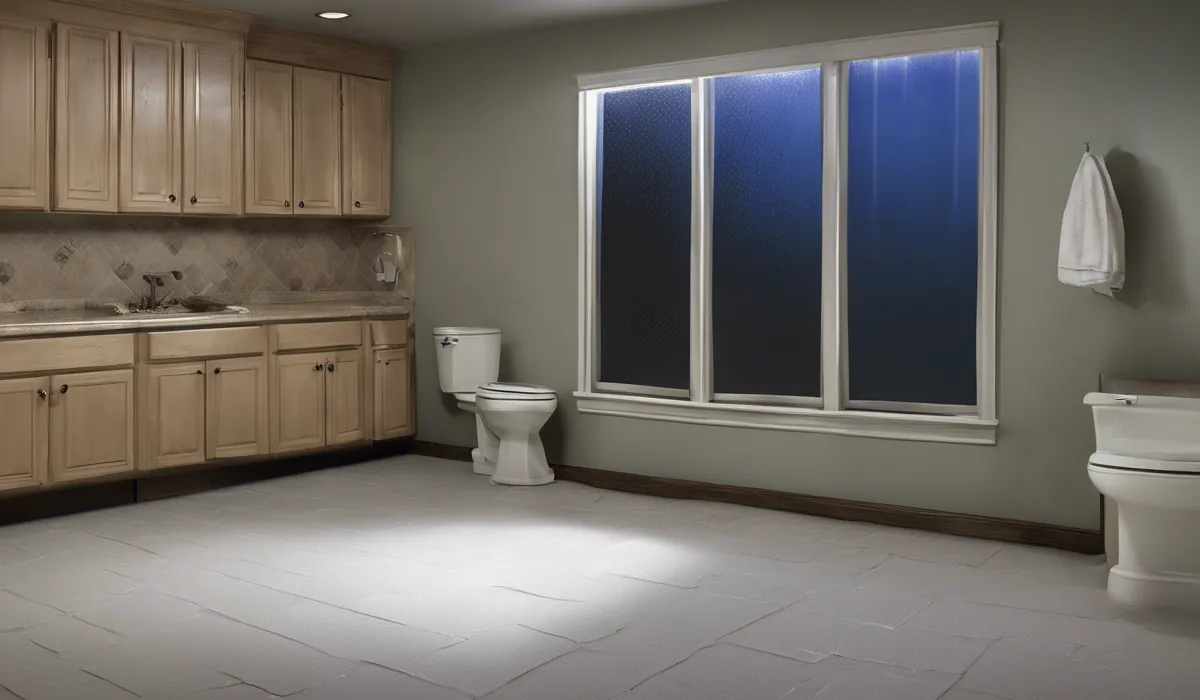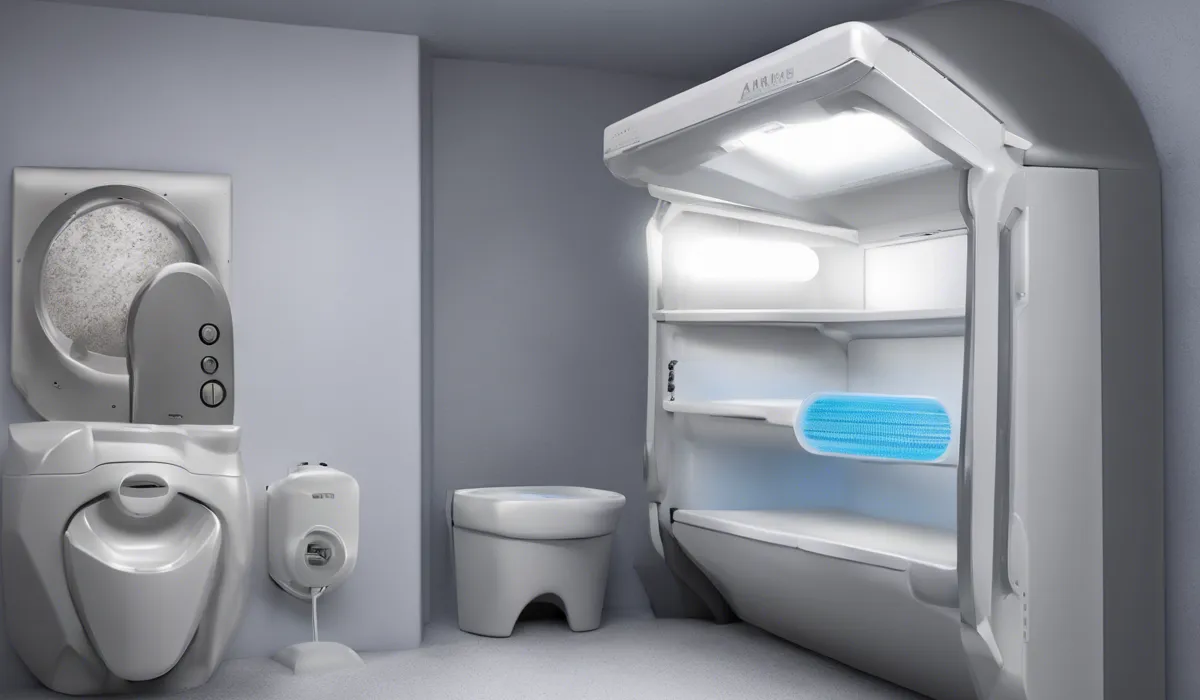Yes, UV lights can kill mold. UV-C light, in particular, is effective at destroying the DNA of mold spores, preventing their growth. However, for UV light to be effective, it must directly hit the mold for a sufficient duration. UV light is a supplemental tool for mold control and should be used in conjunction with other methods for best results.
Understanding UV Light and Its Effects on Mold

Exploring the UV Spectrum: UVA, UVB, and UVC
Ultraviolet (UV) light is a type of energy emitted by the sun and artificial sources. It is invisible to the human eye and exists on a spectrum divided into three main categories: UVA, UVB, and UVC.
UVA rays are the most common and can penetrate deep into the skin, while UVB rays are primarily responsible for causing sunburns. UVC rays are the most energetic and have the greatest potential for destroying microorganisms, including mold.
How UV Light Targets Microorganisms?
UV light can be lethal to bacteria, viruses, and mold. It works by penetrating the cells of these microorganisms and disrupting their DNA or RNA, which prevents them from replicating.
As a result, they cannot spread or cause the harm they otherwise would. This is why UV light is a powerful tool in sterilization and disinfection processes.
The Science of UV Light Against Mold
When it comes to mold, UV light, particularly UVC, can be highly effective. UVC light damages the DNA and cellular structures of mold spores, rendering them inactive.
This disruption at the cellular level ensures that mold cannot reproduce and grow, making UV light a potent weapon against mold infestations.
UV Light’s Cellular Warfare on Mold
Delving deeper, the high-energy photons in UVC light are absorbed by the nucleic acids within mold cells.
This absorption leads to the formation of new bonds between adjacent nucleotides, creating thymine dimers. These dimers are significant abnormalities in the DNA structure, which ultimately lead to the cell’s death or its inability to replicate.
Applications of UV Light in Mold Remediation

UV-C Light in the Home
In residential settings, UV-C light devices are becoming increasingly popular. Homeowners may use these devices in areas prone to dampness and mold growth, such as bathrooms, basements, and kitchens.
Portable UV-C lamps and fixed installations in HVAC systems can help reduce mold presence by continuously exposing surfaces to UVC light, thus inhibiting mold growth.
UV Light in Industry and Commerce
On a larger scale, industrial and commercial sectors use UV light to manage mold in buildings, manufacturing processes, and product storage.
For example, food processing plants might use UVC light to keep mold from contaminating products.
Commercial HVAC systems equipped with UV-C lights can also improve air quality by preventing mold spores from circulating through air ducts.
Safety First: Using UV Light Responsibly
While UV-C light is effective in mold remediation, it is also harmful to human skin and eyes.
Safety measures such as protective clothing, eye protection, and ensuring that no one is present when UV-C lamps are in operation are crucial.
Additionally, proper installation and maintenance of UV-C devices are necessary to prevent accidental exposure.
Best Practices in UV Light Usage
To maximize the benefits of UV light in mold control, it is important to follow best practices.
This includes using the correct type of UV-C light for the specific application, placing lamps at optimal distances from the target area for effective exposure, and allowing sufficient time for the UV light to act on mold spores.
Effectiveness and Limitations of UV Light in Killing Mold

Factors That Impact UV Light’s Effectiveness
The intensity of UV light, exposure time, and distance from the mold source are all key factors in its effectiveness.
Higher intensity and longer exposure times usually result in better mold control. However, the effectiveness decreases as the distance between the light source and the mold increases.
Understanding the Drawbacks of UV Light
One of the main limitations of UV light for mold remediation is its inability to penetrate deep into surfaces.
It can only kill mold on exposed surfaces and will not affect mold hidden within materials or behind objects. Additionally, UV light does not remove dead mold or prevent new spores in the air from settling and growing in a different location.
Mold Spores in the Air: A Challenge for UV Light
UV light is less effective against mold spores that are airborne. Since UV light requires direct exposure to kill mold, spores that are not in the path of the UV light will not be affected.
Air purification systems with UV-C light can help reduce airborne mold, but they must be properly installed and maintained to be effective.
Comparing UV Light to Traditional Remediation Methods
While UV light is a valuable tool in the fight against mold, it is often used in conjunction with other methods for maximum effectiveness.
Traditional remediation may involve physical removal of mold-infested materials, use of chemical disinfectants, and moisture control measures.
UV light can supplement these methods by providing an additional layer of mold control, particularly in preventing future growth.
FAQs About UV Lights Killing Mold
Can UV lights effectively kill mold?
Yes, UV lights, particularly UV-C light, can effectively kill mold by destroying the DNA of mold spores.
Does UV light need to be in direct contact with mold to kill it?
Yes, for UV light to be effective in killing mold, it must directly hit the mold for a sufficient duration.
Is UV light a standalone solution for mold problems?
No, UV light is best used as a supplemental tool for mold control and should be combined with other mold remediation methods for best results.
How long does UV light take to kill mold?
The duration UV light must be applied to kill mold can vary, but it needs to be long enough to ensure mold spores are directly exposed and their DNA is destroyed.
Can UV light prevent mold growth?
Yes, UV-C light can prevent mold growth by damaging the DNA of mold spores, making it an effective preventative measure when used correctly.
Final Thoughts
UV-C light is known to be effective in killing mold by destroying the DNA of mold spores, which prevents them from growing.
The effectiveness of UV light in mold control requires direct exposure for a sufficient period. It’s important to note that UV light should be part of a broader mold remediation strategy rather than the sole method.
